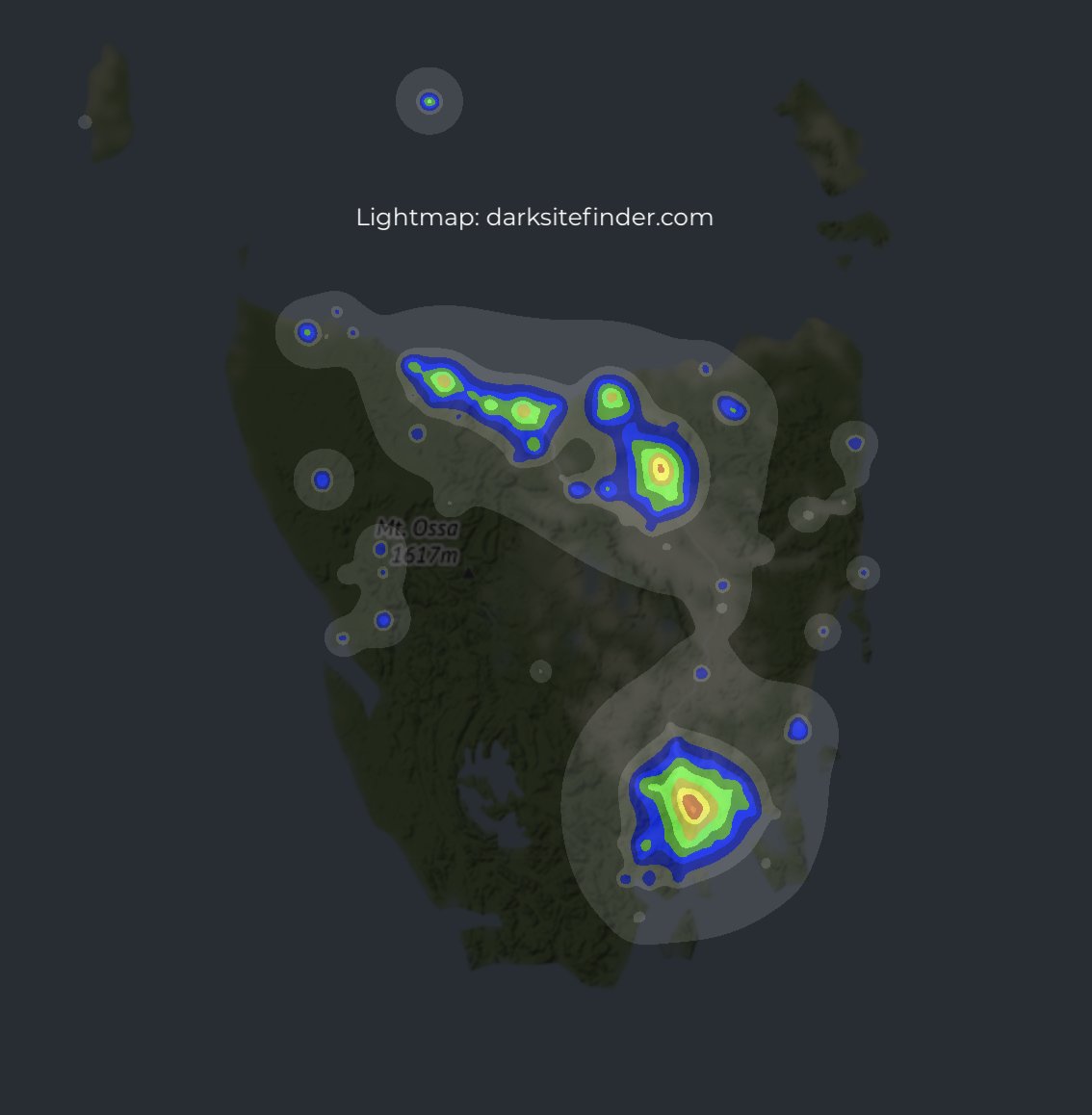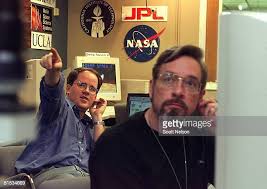
🧵 I'm sure you've heard of the "space debris crisis". We knew about it in the late '70s + by the early '00s we had a robust set of laws that established the 25yr rule, required operators to design craft to withstand minor collision + to minimise the odds of in-orbit explosion...
It's fascinating that even in the time I have read about it we have learned so much about the problem, though often we only find it turns out more difficult than previously thought 😕
Pre-Kessler it was thought "natural removal" (i.e. orbit decay) would take care of most...
Pre-Kessler it was thought "natural removal" (i.e. orbit decay) would take care of most...
By 2005, when I first heard about the problem from an @esa article, we were speaking mostly about RB explosions from leftover fuel in orbit, and from objects breakups that occurred over time due to expected degradation of materials.
esa.int/Enabling_Suppo…
esa.int/Enabling_Suppo…
In the last few years the problem has been done great justice by some fantastic journalists + science communicators.
It is because of that effort that I can confidently say something like "I'm sure you've heard of the space debris crisis" to nearly any person I meet nowadays 📰
It is because of that effort that I can confidently say something like "I'm sure you've heard of the space debris crisis" to nearly any person I meet nowadays 📰
A tiny aside, some recent examples (great reads even for those familiar):
- bloomberg.com/opinion/articl…
- newyorker.com/magazine/2020/… (animated page, sometimes slow)
- bloomberg.com/opinion/articl…
- newyorker.com/magazine/2020/… (animated page, sometimes slow)
People get that space debris is a problem and that we haven't yet developed a [reliable] on-orbit removal solution [to scale or maturity].
But where my work lives is even before that: to catch debris—or to prevent debris in the first place—you have to know WHERE it is.
But where my work lives is even before that: to catch debris—or to prevent debris in the first place—you have to know WHERE it is.
Know its trajectory, speed, size, etc. So you can know where it's going when you want to catch it, or whether it's going to hit something else + shatter. You have to know this for _everything_ up there.
SO much hard work is going into debris removal, but STM comes first 🛰
SO much hard work is going into debris removal, but STM comes first 🛰
Space Traffic Management (synonymous w/ Space Situational/Domain Awareness to some) is about cataloguing everything that is up there, it's physical + orbital properties, + updating it as often as possible. Accurately + precisely.
This is only possible through global cooperation.
This is only possible through global cooperation.
Like @RDEIL was speaking about earlier, this global sat-tracking effort began with the US MiniTrack network in the '50s. But the need for co-op isn't just that no country has can see our whole sky; it's also bolstering an inexact process through correlation with multiple methods.
The Earth gets brighter + noisier as our sats get smaller.
Every optical/radio/radar sensor is prone to some noise/error, digitisation of this analog data inevitably loses information, + the process by which trajectories are propagated can only be simulated to limited precision.
Every optical/radio/radar sensor is prone to some noise/error, digitisation of this analog data inevitably loses information, + the process by which trajectories are propagated can only be simulated to limited precision.
In my work, I think of these as a cycle:
1. Data acquisition: a sensor records the sky.
2. Processing: analog signals are digitised, data is calibrated to make the relative absolute, etc.
3. Interpretation: system(s) seeks to identify objects in the data, infer their properties.
1. Data acquisition: a sensor records the sky.
2. Processing: analog signals are digitised, data is calibrated to make the relative absolute, etc.
3. Interpretation: system(s) seeks to identify objects in the data, infer their properties.
4. Propagation: known algorithms (e.g. SGP4) estimate orbital perturbation effects on the current trajectory and plot the likely path of the identified object in the near future.
5. Planning: take the knowledge you have now, decide where to point your sensor next.
<Repeat>
5. Planning: take the knowledge you have now, decide where to point your sensor next.
<Repeat>
With these steps defined, and looking from a computer science perspective, it is unsurprising that each of these suffer unique issues that can contribute to the errors we see.
(See: incident last Oct. where <STM startup> put up a collision alert + Vandenburg was like "nah, m8")
(See: incident last Oct. where <STM startup> put up a collision alert + Vandenburg was like "nah, m8")
• • •
Missing some Tweet in this thread? You can try to
force a refresh














